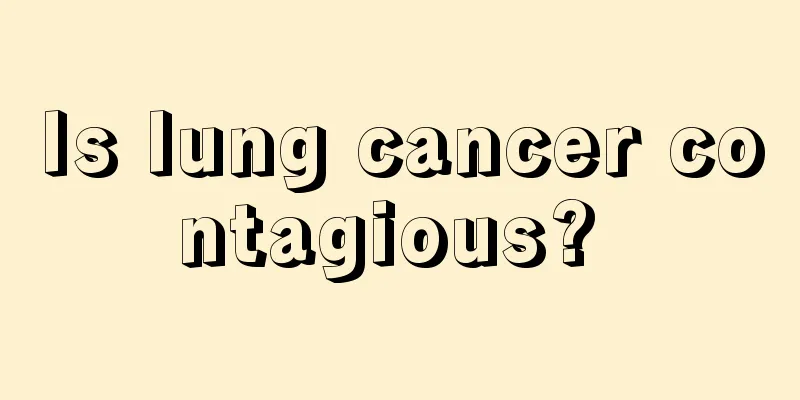Pancreatic puncture biopsy process

|
Pancreatic puncture examination is a common examination method. When a malignant tumor of the pancreas is suspected, CT or other examination methods often cannot confirm the diagnosis. Pancreatic puncture biopsy can be considered. This is a more direct examination method. Its accuracy rate is relatively high, which can be as high as 90% or more. When conducting this examination, some precautions should be understood. Patients should understand them before and after the examination and strengthen good care. Pancreatic biopsy procedure If pancreatic malignancy is suspected and ultrasound and CT examinations cannot confirm the diagnosis, pancreatic puncture histological examination should be considered. The main process of puncture biopsy is: after disinfection, perform pancreatic puncture under the guidance of laparoscopy and take a small amount of living tissue for biopsy. Once tumor cells are found, the disease can usually be diagnosed. After the diagnosis, surgical treatment is needed as soon as possible, followed by chemotherapy and radiotherapy under the guidance of a doctor. Go to the hospital for regular check-ups, and if cancerous tissue metastasis is found, appropriate treatment should be given. The pancreas is a retroperitoneal organ, and the puncture path often needs to pass through the stomach or liver. The surrounding anatomical structure is complex, and the risk of complications is higher than that of intra-abdominal organ puncture. It is considered one of the most difficult puncture biopsies. With the improvement of ultrasound guidance technology and puncture equipment, the success rate and safety of pancreatic puncture biopsy have been significantly improved, and the success rate of sampling can reach more than 90%, playing an important role in the accurate diagnosis and condition assessment of pancreatic diseases. Indications Ultrasound-guided biopsy is suitable for focal or diffuse pancreatic lesions visible on ultrasound. 1. Differentiation of benign and malignant pancreatic focal lesions, pathological classification, etc. 2. Diffuse pancreatic enlargement, the cause must be identified (such as chronic pancreatitis, autoimmune pancreatitis and diffuse pancreatitis). diffuse pancreatic cancer). 3. Unexplained pancreatic function damage and rejection after pancreas transplantation. Contraindications 1. Those who are in poor general condition, cannot tolerate puncture, and cannot coordinate breathing. 2. Those with obvious bleeding tendency and coagulation dysfunction. 3. Patients with acute pancreatitis or acute exacerbation of chronic pancreatitis. 4. Patients with severe liver cirrhosis and massive ascites. 5. The pancreatic duct is significantly dilated and cannot be avoided, and puncture may cause pancreatic fistula. 6. Patients with digestive tract obstruction and gastrointestinal dilatation. 7. The tumor is very rich in blood vessels or around it, and there is no safe puncture path. |
<<: Postoperative care after liver biopsy
>>: Can lily and longan be cooked together
Recommend
There is a lot of dandruff on the hairline
The height of the hairline determines the width o...
What should girls pay attention to when taking a double bath
Taking a bath together is quite popular among man...
Is drinking ability hereditary?
Everyone's alcohol tolerance is different. So...
What are the adverse reactions of Fudosteine Capsules
Every drug has its own incompatibility. While cur...
To prevent and treat ovarian cancer, we must focus on early detection
In order to detect ovarian malignant tumors early...
The early symptoms of intestinal cancer are very similar to those of early internal hemorrhoids
In order to reduce the incidence of colorectal ca...
What to use to soak dentures
Dentures are designed to allow the elderly to eat...
Why do I feel tired breathing
In life, there are always some patients who suffe...
Can pregnant women eat sprouted sweet potatoes?
As we all know, some foods will actually produce ...
Which of the eight parts of the body are most afraid of
Different parts of the human body have different ...
Why do I have puffy eye bags after waking up?
Many people usually have puffy bags under their e...
What vinegar to use when washing hair_What vinegar is best for washing hair
Don't think that the body's functions wil...
The efficacy and usage of aromatherapy essential oils
In our lives, some women use aromatherapy to make...
8 high-risk groups for breast cancer
In recent years, with the increasing incidence of...
Why do you need to hold urine during bladder ultrasound?
The bladder in our human body is where urine is s...









